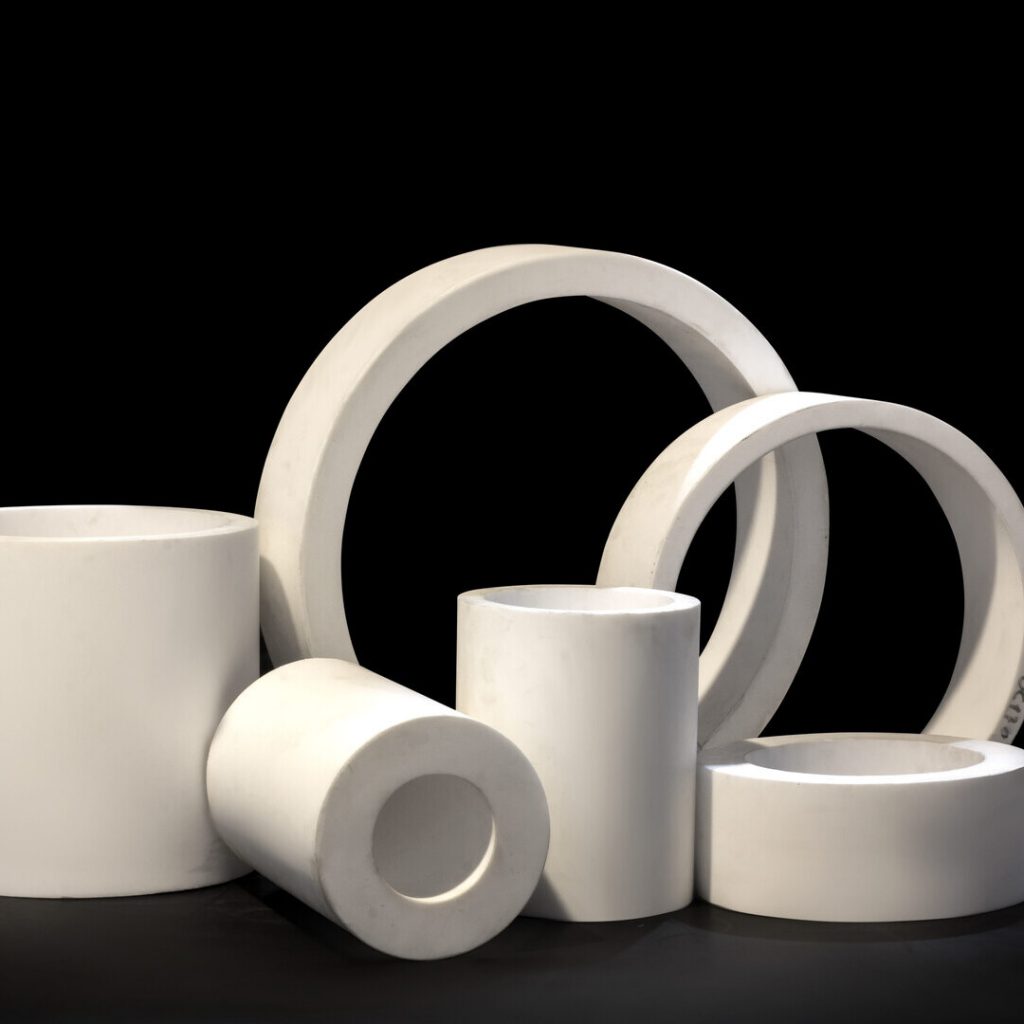The basic properties of Teflon (polytetrafluoroethylene, PTFE) are due to the chemical structure of the polymer, which consists of a double bond of carbon and fluorine. The size of the fluorine atom allows a uniform, continuous sheath to form around the carbon-carbon bonds to protect them from external attack. As a result, it makes the molecule have chemical resistance and stability.
Teflon, on the other hand, retains its properties at very low temperatures. Therefore, it has many applications in important industries such as aerospace and industries that need to work at low temperatures, such as sealing liquid nitrogen tanks at -196 degrees and liquid hydrogen -253.
The main and valuable properties of Teflon (polytetrafluoroethylene or PTFE), which follow its chemical structure, are as follows:
Advantages
- High Melting Point
- High Thermal Stability
- Extended Range of Thermal Degree (-200C +260C)
- Low Dynamic Static Coefficient
- Constant coefficient / low dielectric discharge
- Low absorption coefficient
- Ability not to erode in the air
- Flame retardant properties
- Excellent non-stick properties
- Suitable for use in some refrigeration applications
- Excellent chemical resistance
- Excellent insulation properties
Disadvantages
- Teflon gas burning at temperatures above 400 degrees is very toxic and dangerous.
- Low mechanical strength
- At high temperatures, process ability is a problem
- PTFE has a high specific gravity (2.3 times more than of polyethylene) which has increased the price of this polymer
Virgin PTFE is produced and supplied in SHEETS, RODS and TUBES in different dimensions and sizes.


